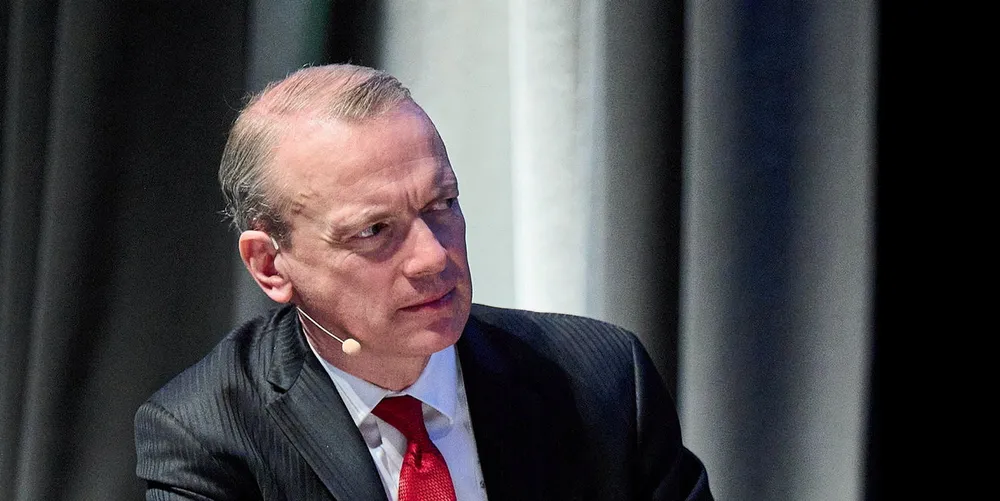EU wind power target 'in reach' but grids now the challenge: WindEurope
Industry group sees EU alone installing 29GW of new capacity per year this decade as it chases 425GW goal

Europe is expected to install 37.5GW of new wind power per year by 2030 but governments must focus on accelerating the development of their electricity grids to make the massive build-out possible, industry lobby WindEurope cautioned in its latest outlook.
The additions at first will be mostly on land, but in the latter part of the decade increasingly at sea, and are seen boosting the continent’s total wind energy capacity to above half a terawatt.
The expected additions are still below the 33GW per year needed to reach the bloc’s target of 425GW by 2030, linked to its ambition to achieve 42.5% of renewable energy by then, but the gap is closing.
“We’re now confident that we can get close to the EU goal that wind is 35% of electricity by 2030, up from 19% today, provided Europe accelerates the build-out of grids to connect all the new wind farms,” WindEurope CEO Giles Dickson said.
“Based on the project pipeline, announced investments, permitting data and government auction volumes the EU is on course to have 393GW by 2030. The EU’s 425GW wind energy target for 2030 is now within reach.”
The main risk to the build-out is delays in connection to the grid, the report states, adding that governments “need to focus on accelerating the development of their electricity grids. Connecting wind farms to the grid is now a key challenge for project developers across Europe.”
Permitting gets better
This year alone, WindEurope expects European installations to reach 21GW, with 15.8GW of that seen coming from the EU. The somewhat lower expected EU figure is mostly due to a lack of wind energy auctions in recent times.
The expected expansion by the end of the decade reflects a combination of government ambition, increased auction volumes, improvements in the permitting of new wind farms and increased investments, WindEurope said.
Last year also saw a Europe-wide doubling of total final investment decisions (FIDs), with offshore wind registering a rebound to a record €30bn ($32.6bn) in FIDs, after almost none a year earlier.
Germany is expected to continue to be Europe’s largest market, with 44GW of new onshore capacity predicted to be added by 2030, and 20GW of offshore.
Spain is seen coming next in the EU, with 16GW in new onshore capacity expected by 2030, also as PPA and merchant markets remain strong.
Outside the EU, the UK is expected to install the most new wind power after Germany in Europe, with 14GW of new onshore capacity seen added by the end of the decade, and another 29GW of offshore wind. The optimism for onshore – after a de-facto ban in England since 2025 – is based on a likely victory for the Labour Party in this year’s general elections that would end 14 years of Conservative rule.
WindEurope for its outlook is considering the latest developments in EU regulation, national policies, announcements of signed power purchase agreements (PPAs), project development timelines and the ability of wind to secure further capacity in upcoming auctions and tenders.
(Copyright)